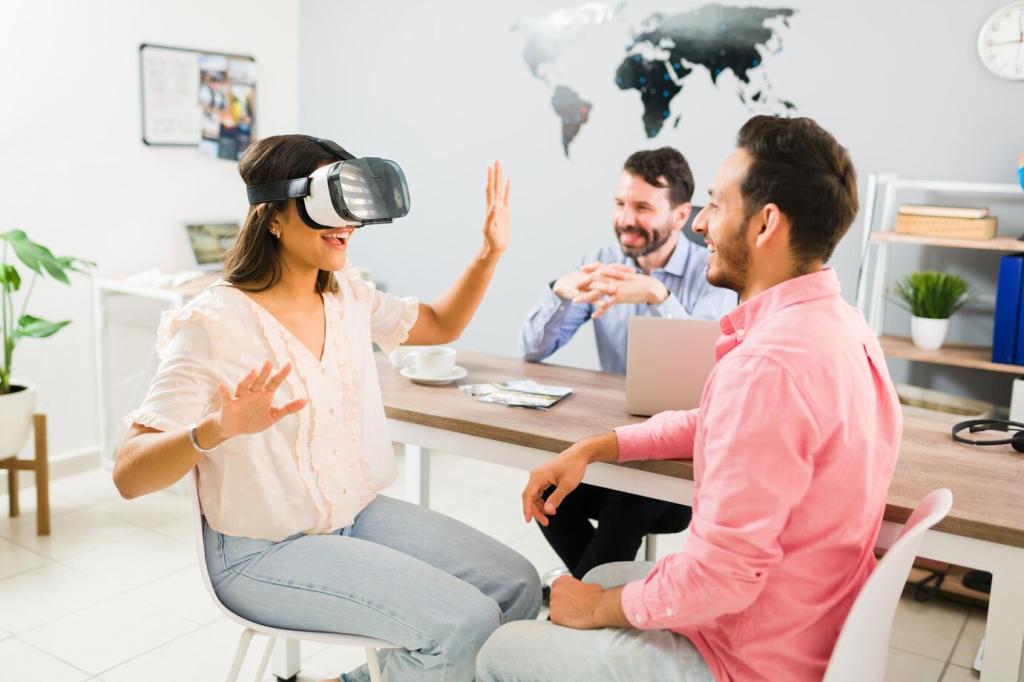Measuring Impact Without Flattening Culture
Collect reflections, not just ratings. Audio diaries, guided tours by community members, and post‑experience conversations surface nuance. Would you contribute a short story about a moment of recognition or discomfort you felt?
Measuring Impact Without Flattening Culture
Test navigation, cues, and onboarding across cultural contexts. Look for mismatched metaphors and symbols that confuse. Which interface pattern helped you bridge unfamiliar norms without dumbing anything down?




